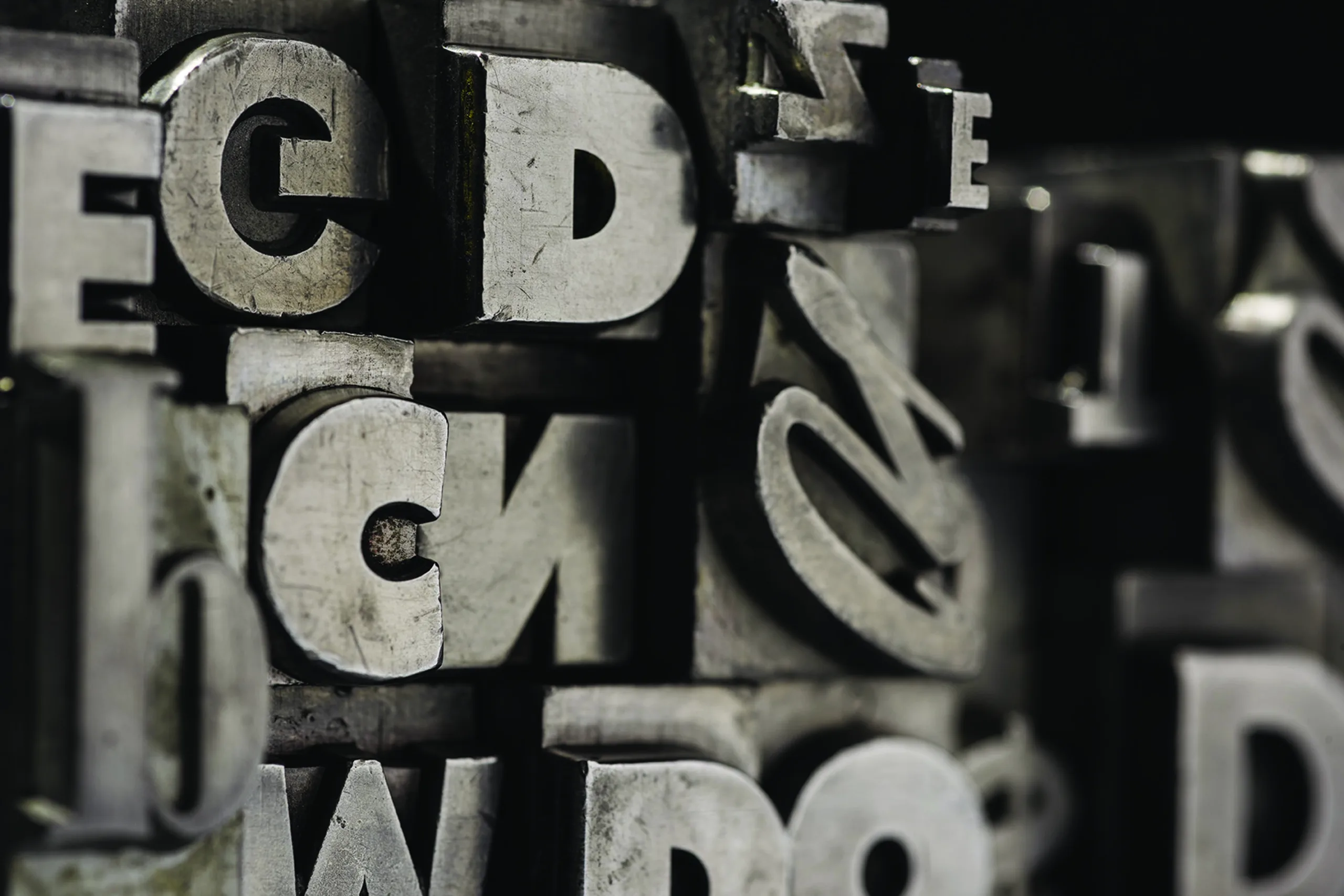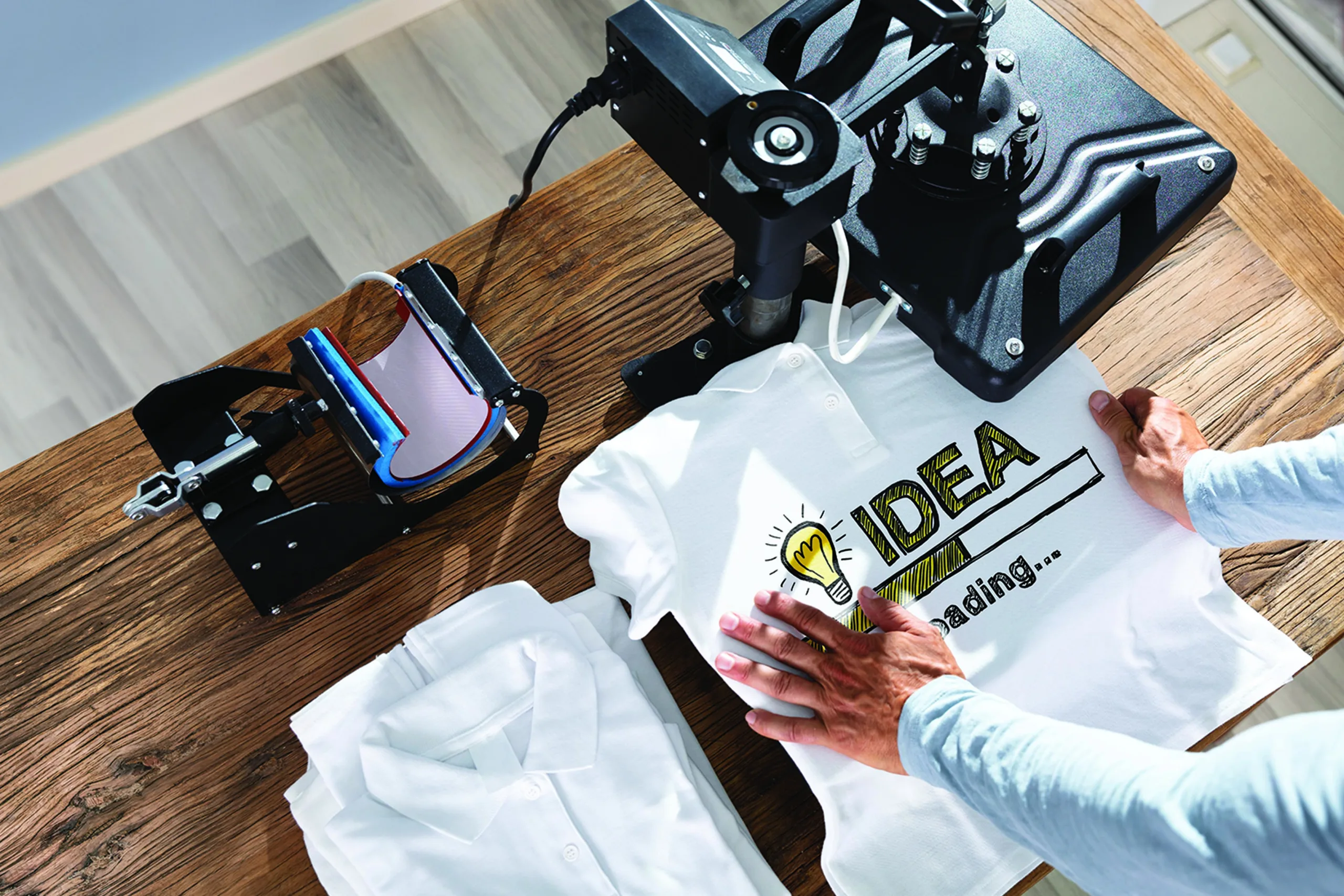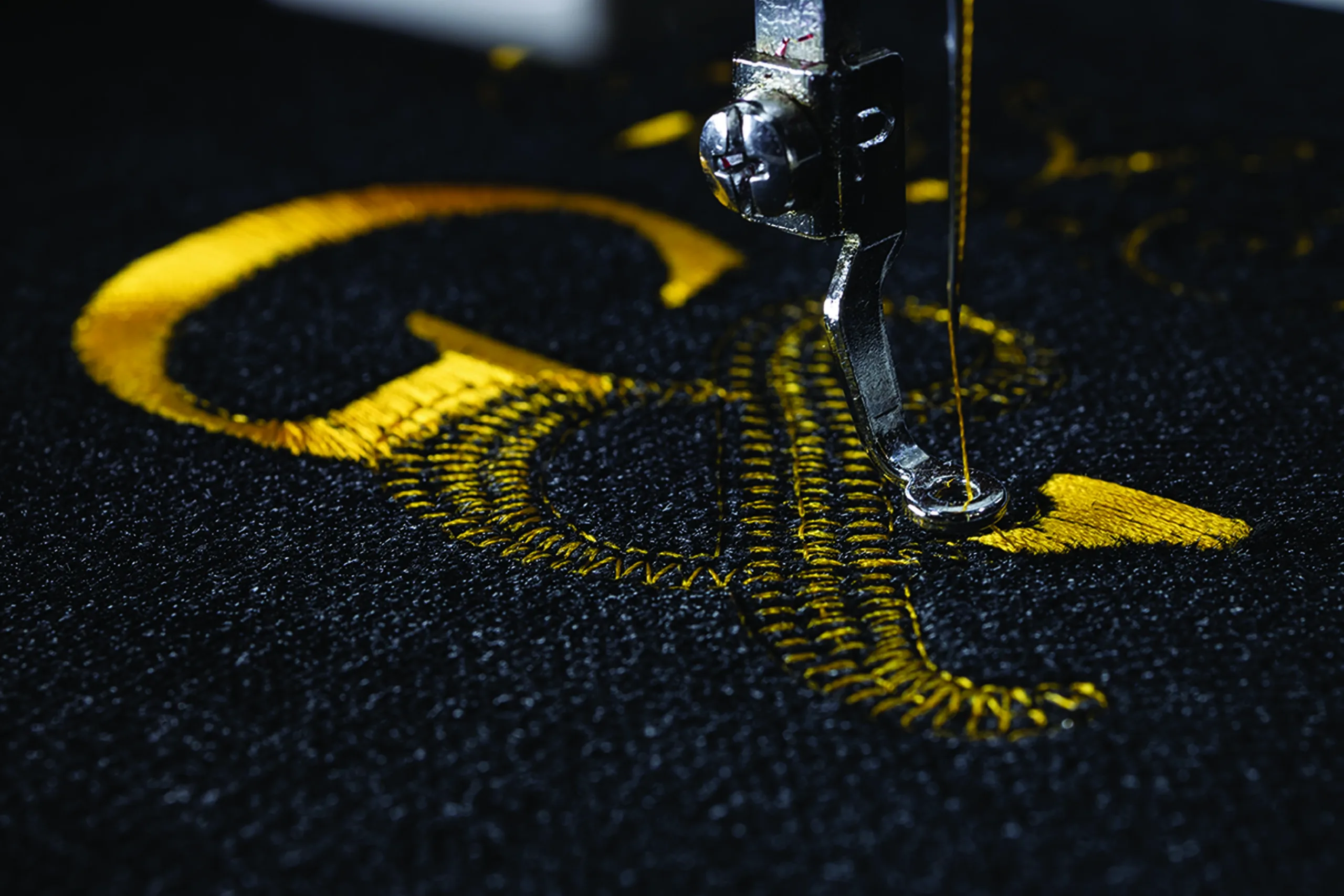Beginner - 10 minutes
12 minutes leg workout (no equipment)
MasterFold Ltd2019-11-28T21:57:46+00:00Intermediate - 12 minutes
Intermediate - 12 minutes
Discover
On MasterFold you will find the most extreme marketing solutions to promote your brand.
Visit our corporate website MasterFold and discover more solutions that might be useful for you business.
Contact
Address:
Portland House Bressenden Place
SW1E 5RS London, UK
Call Center:
+44 203 6082 700
© Copyright | Designed by OnMasters | All Rights Reserved



Sustainable Material Test
By following sustainable practices, we commit to protect our planet’s natural resources and reduce waste and pollution. Let’s keep the planet safe and healthier for the future generations!



Sustainable Material Test
By following sustainable practices, we commit to protect our planet’s natural resources and reduce waste and pollution. Let’s keep the planet safe and healthier for the future generations!



Sustainable Material Test
By following sustainable practices, we commit to protect our planet’s natural resources and reduce waste and pollution. Let’s keep the planet safe and healthier for the future generations!



Sustainable Material Test
By following sustainable practices, we commit to protect our planet’s natural resources and reduce waste and pollution. Let’s keep the planet safe and healthier for the future generations!



Sustainable Material Test
By following sustainable practices, we commit to protect our planet’s natural resources and reduce waste and pollution. Let’s keep the planet safe and healthier for the future generations!





DEFINITION
Digital printing is a printing method from a digital-based image directly to multiple media. It is more common for small-run printing jobs that come at higher cost per page than offset printing. This process allows the avoidance of all the technical steps and costs required to make printing plates in traditional printing. In addition, it allows on-demand printing, short delivery time and even modification of the image (variable data).
MATERIAL APPLICATION
1. Paper
2. Sustainable Material
3. Wood, Fabric
4. Leather, Pu leather
5. PVC, Acrylic
6. Metal




DEFINITION
Offset printing is a high-quality and efficient method that involves transferring ink from a plate to a rubber blanket and then onto the printing surface, usually paper. It is widely used for producing large print runs for magazines, brochures, books and various other products due to its high image quality and effective cost.
MATERIAL APPLICATION
Paper: (various types of paper, coated, uncoated, matte, glossy, specialty papers)
Cardstock: Thick paper often used for business cards, postcards, and packaging materials.



DEFINITION
PMS (Pantone Matching System) is a standardized color system used in the printing industry. Pantone provides a variety of color options with unique codes that allow designers and printers to precisely specify and reproduce the exact same colors in print materials, ensuring accurate color every time. The execution of pantone printing is done through offset print and is best chosen for large quantities.
MATERIAL APPLICATION
1. Paper: (various types of paper, coated, uncoated, matte, glossy, and specialty papers)
2. Cardstock: Thick paper often used for business cards, postcards, and packaging materials.




DEFINITION
Foil hot stamping print is a printing technique that involves applying a thin, metallic or colored foil to a surface using heat and pressure through a typographic cliche. This process creates a decorative shiny, reflective, and often textured design on various materials. This technique is commonly used for adding a luxurious and eye-catching element on products that can be printed.
MATERIAL APPLICATION
1. Paper
2. Cardboard
3. Leather
4. Pu leather
5. Pvc
6. Acrylic
7. Fabric





DEFINITION
Debossing is a printing/stamping technique that involves pressing an image, design, or text through a typographic cliche into a material’s surface, creating a depressed or sunken effect.
Embossing is a printing/stamping technique that raises a specific image, design, or text above the surface of a material. It creates a raised, three-dimensional effect that can be felt and seen, adding a tactile and visually appealing element to printed or textured surfaces.
MATERIAL APPLICATION
1. Paper: (various types of paper, coated, uncoated, matte, glossy, and specialty papers)
2. Cardstock: Thick paper often used for business cards, postcards, and packaging materials.
3. Leather
4. Pu leather



DEFINITION
Laser engraving is a precision technology that uses a laser beam to etch, mark, or engrave designs, patterns, or text onto a wide range of materials with high accuracy and detail.
MATERIAL APPLICATION
1. Wood
2. Metal
3. Leather
4. Acrylic
5. Pvc
6. Glass




DEFINITION
Silkscreen, also known as screen printing, is a printing technique that involves transferring ink or paint through a fine mesh screen onto a surface to create images, designs, or patterns. The ink is transfered through the open areas of the stencil onto the underlying material, such as fabric, paper, plastic, or other substrates, to create the final artwork. This process is commonly used in apparel, textiles, signage, and various forms of artwork.
MATERIAL APPLICATION
1. Paper: (various types of paper, coated, uncoated, matte, glossy, and specialty papers)
2. Cardstock: Thick paper often used for business cards, postcards, and packaging materials.
3. Pvc
4. Acrylic
5. Fabric
6. Metal
7. Glass






DEFINITION
Sublimation printing is a digital printing technique used to transfer vibrant and high-quality images, graphics, or designs onto materials, primarily textiles and hard surfaces. The ink is converted into a gas without passing through the liquid stage, creating vibrant, full-color and durable prints that become part of the material itself.
MATERIAL APPLICATION
1. Wood
2. Metal
3. Paper
4. Fabric
5. Acrylic
6. Glass



DEFINITION
Pad printing, also known as tampon printing, is a versatile and indirect offset printing technique used to transfer ink from an engraved metal or silicone pad onto a variety of surfaces. An etched plate, typically made of metal or silicone, is used to create a customized image or design. It is favored for its ability to achieve high-resolution prints on complex and uneven surfaces. Pad printing is widely used in industries such as manufacturing, promotional product decoration, and product branding.
MATERIAL APPLICATION
1. Paper
2. Cardboard
3. Wood
4. Metal
5. Glass
6. Acrylic
7. Pvc
8. Fabric








DEFINITION
Embroidery is an imprint method that involves creating decorative designs, patterns, or logos on fabric or other materials using colored thread and a needle. The thread is stitched directly into the material’s surface, creating textured and durable embellishments with high-quality results.
MATERIAL APPLICATION
1. Fabric
| Cookie | Duration | Description |
|---|---|---|
| cookielawinfo-checkbox-analytics | 11 months | This cookie is set by GDPR Cookie Consent plugin. The cookie is used to store the user consent for the cookies in the category "Analytics". |
| cookielawinfo-checkbox-functional | 11 months | The cookie is set by GDPR cookie consent to record the user consent for the cookies in the category "Functional". |
| cookielawinfo-checkbox-necessary | 11 months | This cookie is set by GDPR Cookie Consent plugin. The cookies is used to store the user consent for the cookies in the category "Necessary". |
| cookielawinfo-checkbox-others | 11 months | This cookie is set by GDPR Cookie Consent plugin. The cookie is used to store the user consent for the cookies in the category "Other. |
| cookielawinfo-checkbox-performance | 11 months | This cookie is set by GDPR Cookie Consent plugin. The cookie is used to store the user consent for the cookies in the category "Performance". |
| viewed_cookie_policy | 11 months | The cookie is set by the GDPR Cookie Consent plugin and is used to store whether or not user has consented to the use of cookies. It does not store any personal data. |



